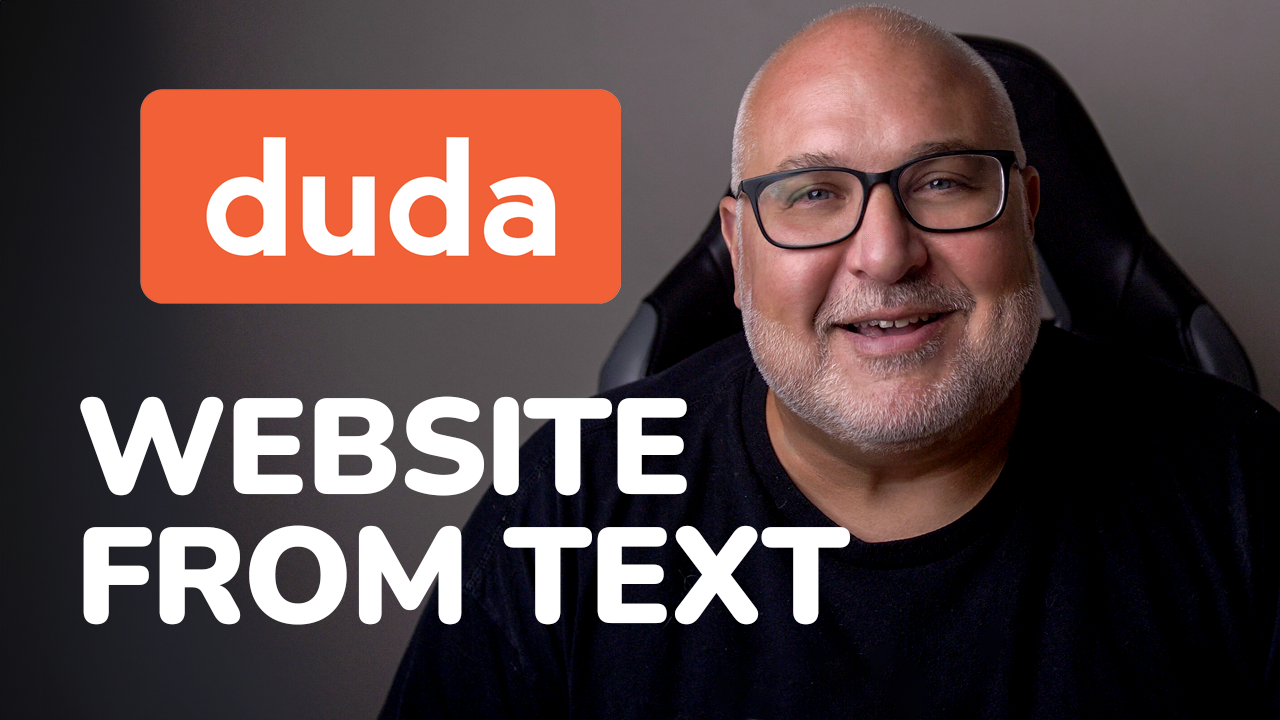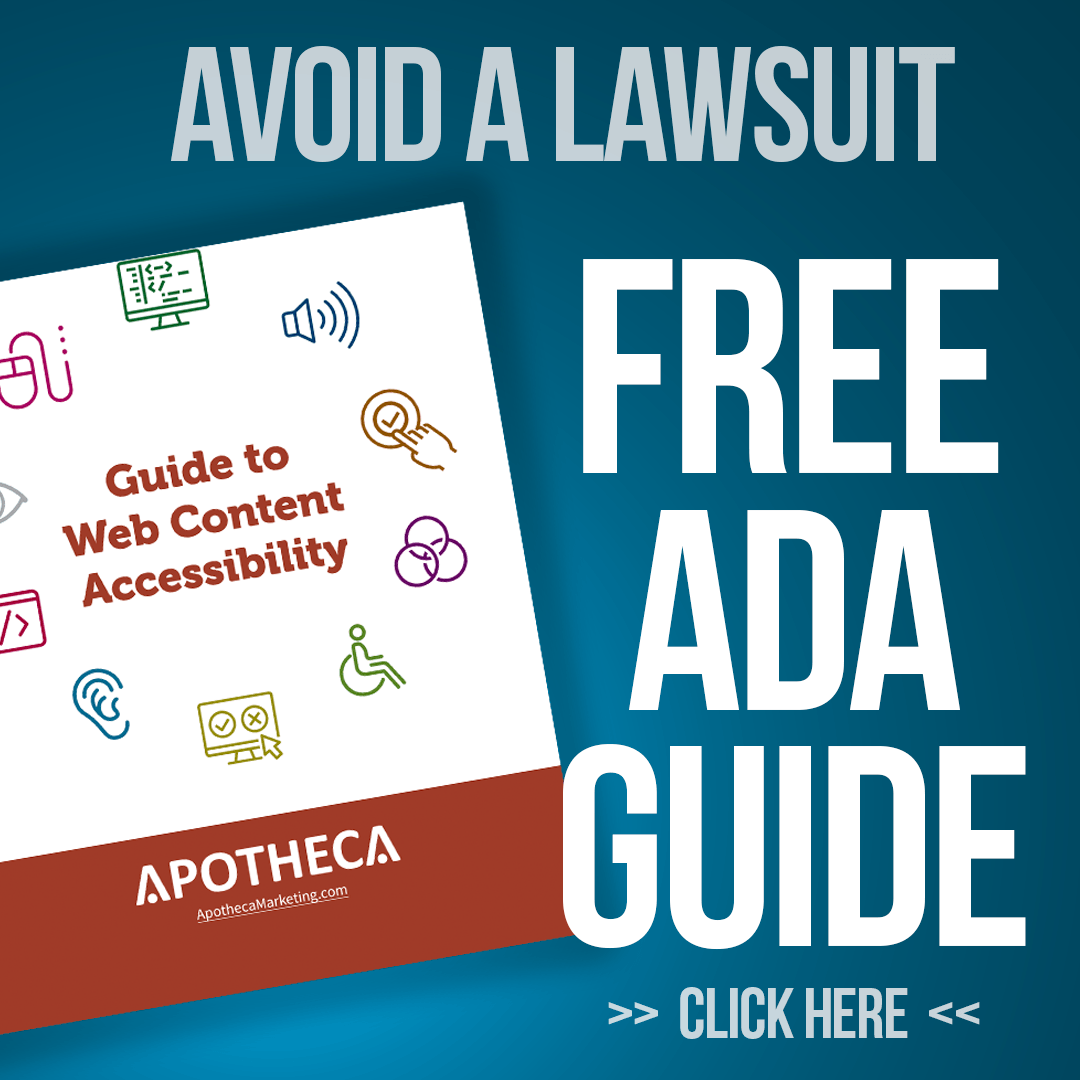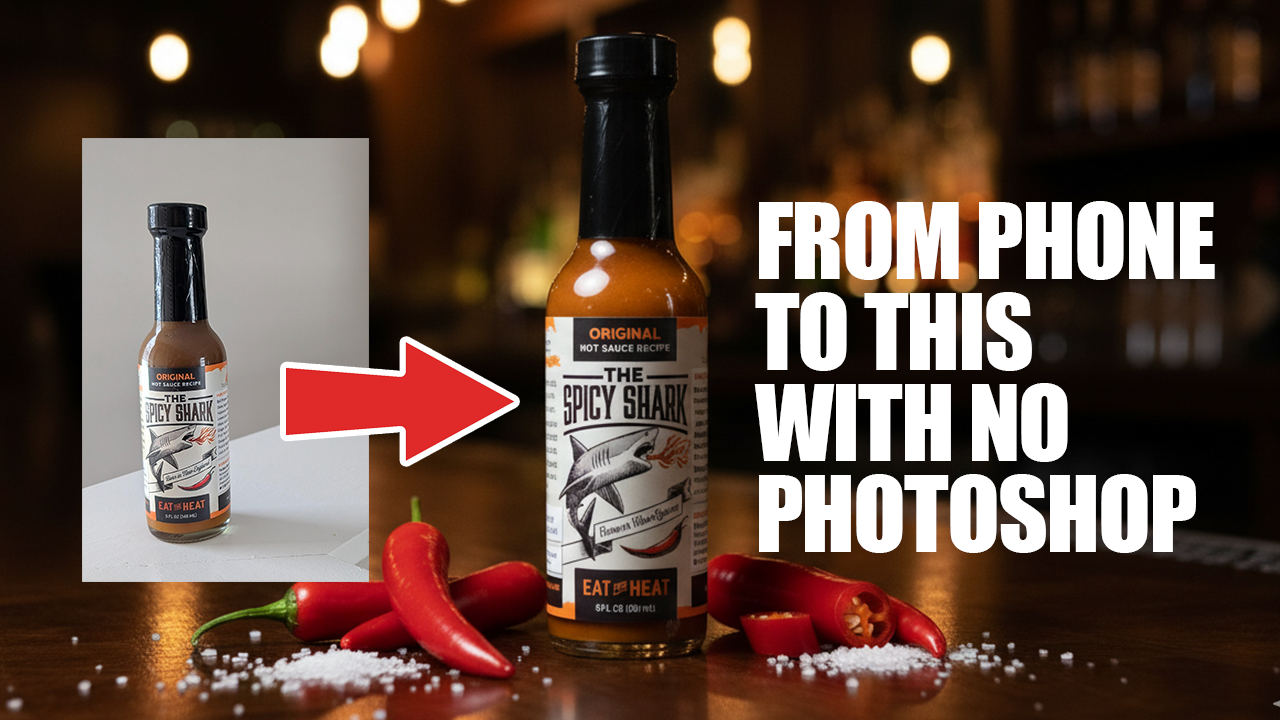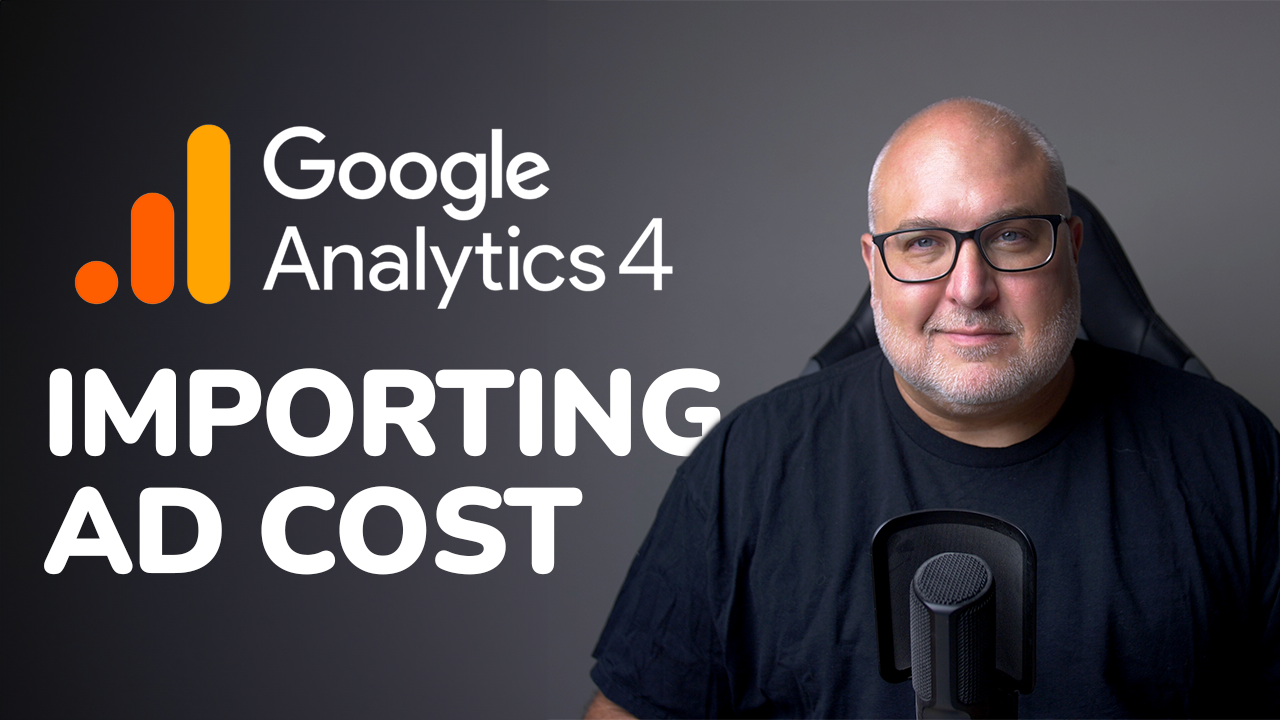Avoid These Facebook Ads Mistakes
Kat Flores
Get The Most From Your Facebook Ads
Facebook Ads can be a great way to generate leads, increase exposure, engage with new customers, drive sales, and so much more! But what happens when those Facebook Ads are underperforming and you don’t know why? Or maybe you just don’t know how to get better results?
Here are some common mistakes we see that can affect the performance and results of Facebook Ads campaigns.
Using an Inefficient Account Structure
Facebook Ads Manager does its best to walk you through setting up a new campaign. This includes having a built-in hierarchical structure that organizes your account based on Campaigns > Ad sets > Ads. If you don’t set these up properly, it can be difficult to manage budgets, target audiences, segments, conversion types, or testing.
Each campaign needs to have at least one ad set and each ad set needs to have at least one ad. However, you can publish multiple ad sets and ads under the same campaign. Keep in mind that you do not want to publish as many as you can for a specific campaign, just as many as necessary.
Facebook Ads’ algorithm optimizes performance at the ad set level which means that if you have multiple ads under one ad set, the more you will have to spend to get the most from each ad. Facebook’s ad algorithm requires around 50 optimized events within one week for an ad set to leave the learning phase. When you have a small budget and multiple ads, it makes it that much harder for all your ads to leave the learning phase and perform optimally.
We recommend keeping the right ads under the right campaign. You set the objective at the campaign level, so make sure that the ads align with that goal. For example, if you have a campaign objective of “Traffic” you want all the ads under that campaign to reflect that. Under a “Traffic” campaign you wouldn’t create an ad that includes a form to sign up for a newsletter as that wouldn’t necessarily give you traffic to your website or business phone. Rather, you would need to create a new campaign with the correct conversion objective.
Another part of having a good ad account structure is to adequately name your campaign, ad sets, and ads so that you can easily identify them and keep your Ads Manager organized. We recommend using the naming method below or something similar that shows exactly what each level of the ads campaign does. Below is an example where we can see that the objective is clear in the campaign, the ad set includes the audience targeted, and the ads specify what creative is being used.
Campaign: Traffic_Summer Sale_Jan 2022
Ad Set: Lookalike_Summer Sale_Jan 2022
Ad: Photo Carousel_Summer Sale_Jan 2022

Choosing the Wrong Objective
Choosing the right campaign objective can sometimes be confusing as many of the options seem to be the same or have similar settings. That’s why it’s crucial to select the right objective for your campaign. According to Meta’s algorithm, your ads will be shown to people who will most likely complete the objective you selected.
Ads Manager goes into great effort to make the selection of the campaign objective as easy and straightforward as possible. A better way to understand how to select the right objective is to compare the Ads Manager to the sales funnel that uses top-of-funnel objectives or bottom-of-funnel objectives; top-of-funnel meaning to reach out to as large and relevant an audience as possible and bottom-of-funnel where you convert leads into customers. Using the sales funnel marketing strategy makes it easy to choose the objective that best aligns with your business goals.
With the older version of Ads Manager, comparing it to the sales funnel, that process is simplified where it’s divided into easy-to-select sections. These sections include awareness, consideration, and conversion; using the sales funnel thought process the top-of-funnel to bottom-of-funnel objectives will show from left to right.
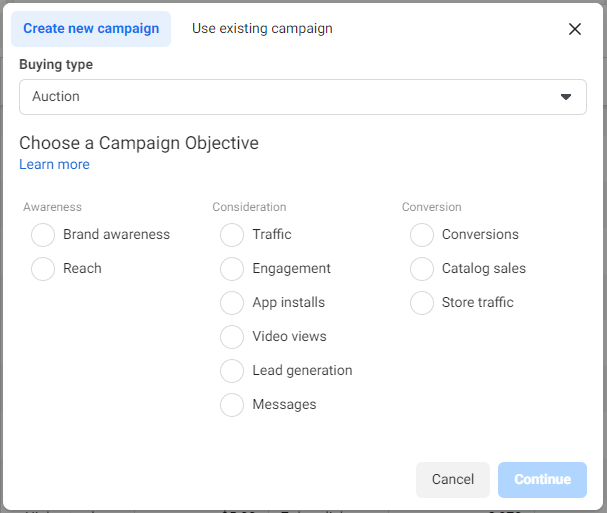
The newer version of Ads Manager, the Outcome-Driven Ad Experiences (ODAX), uses the same layout but the categories are set up with top-of-funnel objectives at the top of the list and the bottom-of-funnel towards the end.
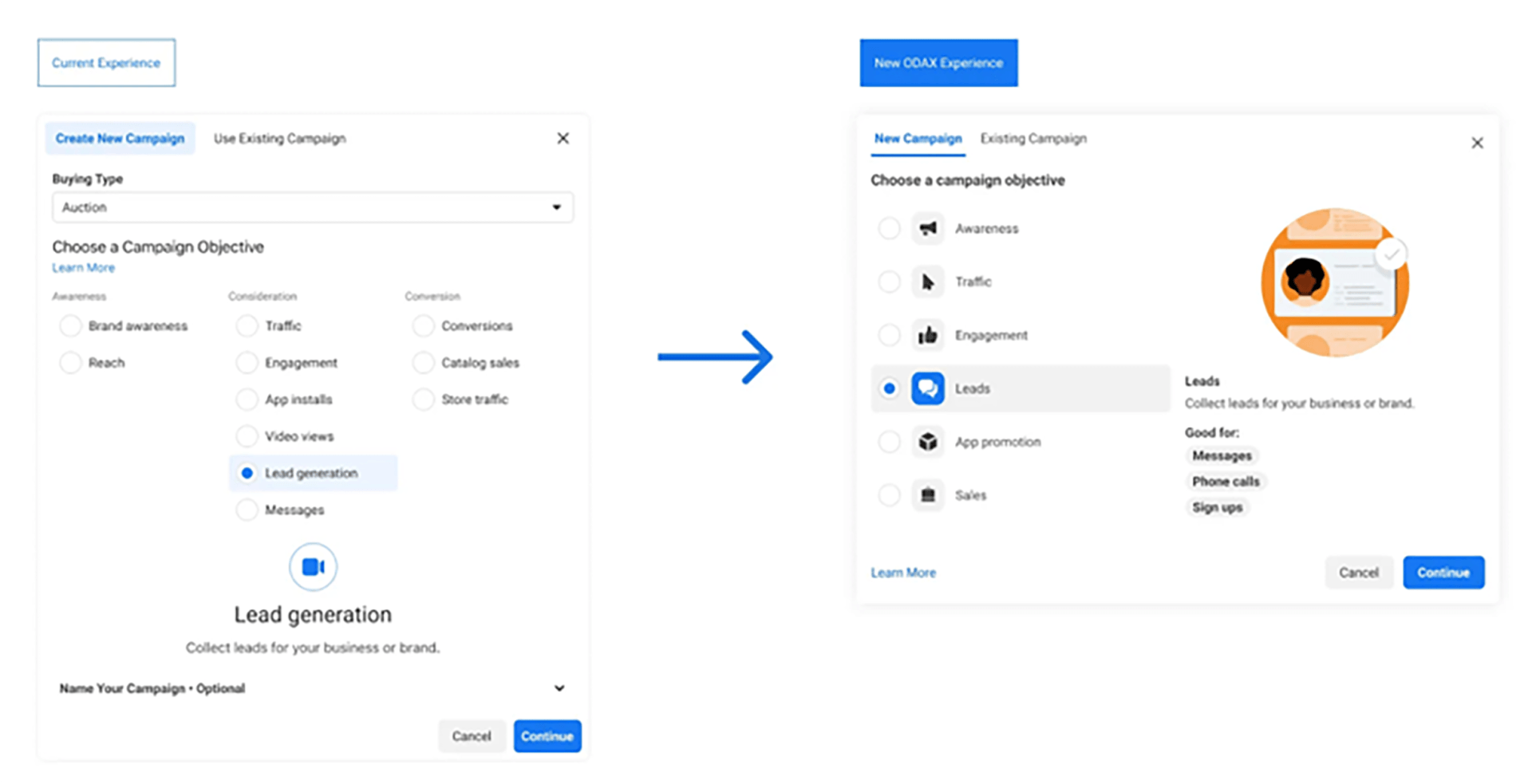
The next thing to remember is to set the right optimization and delivery at the ad set level. The optimization will enhance the results you are aiming for whether it’s page views, link clicks, impressions, or unique reach.
Picking the Wrong Budget Option
If you’re new to Facebook Ads Manager or not sure how much to spend on each ad set we recommend using Meta’s Campaign Budget Optimization (CBO). It automatically manages your budget at the campaign level across ad sets to get you the overall best results. The budget is continuously distributed in real-time to ad sets with the best opportunities, throughout the course of your campaign.
However, if your ad sets have different audience sizes then CBO may not be your best option as it can spend more on the large ad sets while neglecting the smaller ones. This can result in only a small percentage of your audiences seeing your ads. For ads such as these, we recommend setting a budget at the ad set level where you have more control of how much you spend. You can choose a daily budget or a lifetime budget; a daily budget is the approximate amount that you'll spend every day. A lifetime budget is a maximum you'll spend during the lifetime of your ad set.
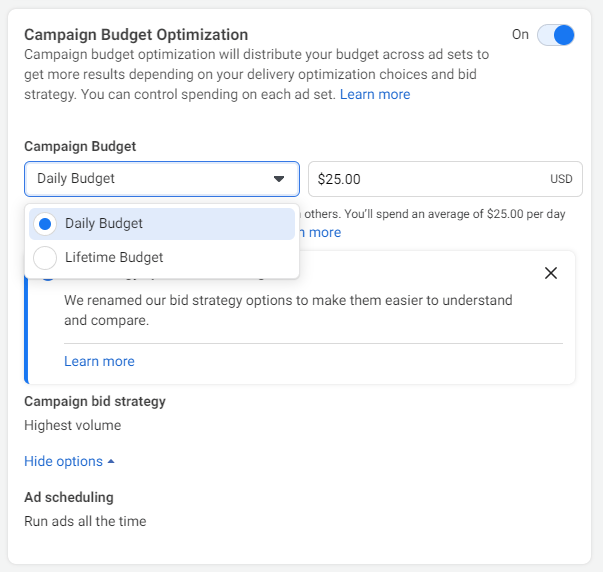
Reusing the Same Old Creative Formats
Using the same creatives, photos/images, or videos, can cause a decrease in results and even increase your costs. When you show the same ad, over and over again, it causes ad fatigue. You’ve probably had this happen to you too; you see an ad every week about the same product and eventually you ignore or if it gets annoying you might even remove it from your feed.
Having new and different ad creatives gives you a better understanding of what your audience likes and engages with the most. Aside from a single photo, think about using a photo carousel or a video as an ad creative.
Plus, switching up the creatives can help you improve results and use your budget better. You can duplicate an ad that has been doing well and only update the ad creative then review the results to see which ad your audience prefers. Or you can also use the
A/B test in Ads Manager to compare two or more ad sets or campaigns to see which performs best for your chosen business objectives. Select the ad you want to duplicate and click on the A/B Test button then opt to make a copy of the ad and choose Creative for the variable. Now, you’re ready to run the test and see which version performs better. This will help you create better ads for the future.
Relying on Inaccurate Tracking Data
Since Apple rolled out its App Tracking Transparency framework, the reports for the ads have become slightly slower and can cause delayed analytics. We recommend reviewing ad results on different platforms not only on the Ads Manager dashboard. There are a few other options you can use to gain more insight into your ad results.
URL parameters can help you understand the effectiveness of your ads. URL parameters can be placed on ads that link to destinations off Facebook, such as your website, or on ads that promote existing Facebook posts. Insights from URL parameters can show which link people clicked to get to your ad's destination, like to your website or Facebook Page.
You can also use the Facebook Events Manager. This is a tool for tracking actions on third-party websites and apps. Events Manager shows the number of events received from your integration, such as the Meta Pixel or the Conversions API. This number may be different from Meta Ads Manager which only counts events attributed to your ads.
Facebook’s Conversions API is also a great tool for you to see your ad results. It’s designed to create a direct connection between your marketing data and the systems, such as Ads Manager or CRMs, which help optimize ad targeting, decrease cost per action, and measure results across Meta technologies.
Another great way to review more results is to use an eCommerce platform or web analytics tool you already use to compare and validate the ad results.
Conclusion
Facebook Ads Manager offers many tools so that you can create successful ads. There are many options and layers on how to optimize both the ad and ad reports. Although it may seem daunting at first if you have a clear strategy and end goal you will be able to use your budget and time effectively.
Remember, if you’re new to creating ads on Facebook don’t be afraid to try new things and use the free tools that are offered. Here’s a quick list to check while setting up your next ad campaign before you hit that publish button.
Use an account structure that is logical and easy for you to locate.- Identify the objective that best aligns with your goal; don’t forget about the sales funnel strategy!
- Decide how you want to use your ad spend depending on what your objective is.
- Focus on one call to action per ad; don’t overwhelm your viewers.
- Make sure to use new and fresh content for your ads
- Get a second opinion when it comes to your ads reports
As you continue using Facebook Ads Manager, you will become more comfortable using everything it has to offer. Plus, you’ll be able to see your ads’ performance in a more insightful way.
Contact Us
